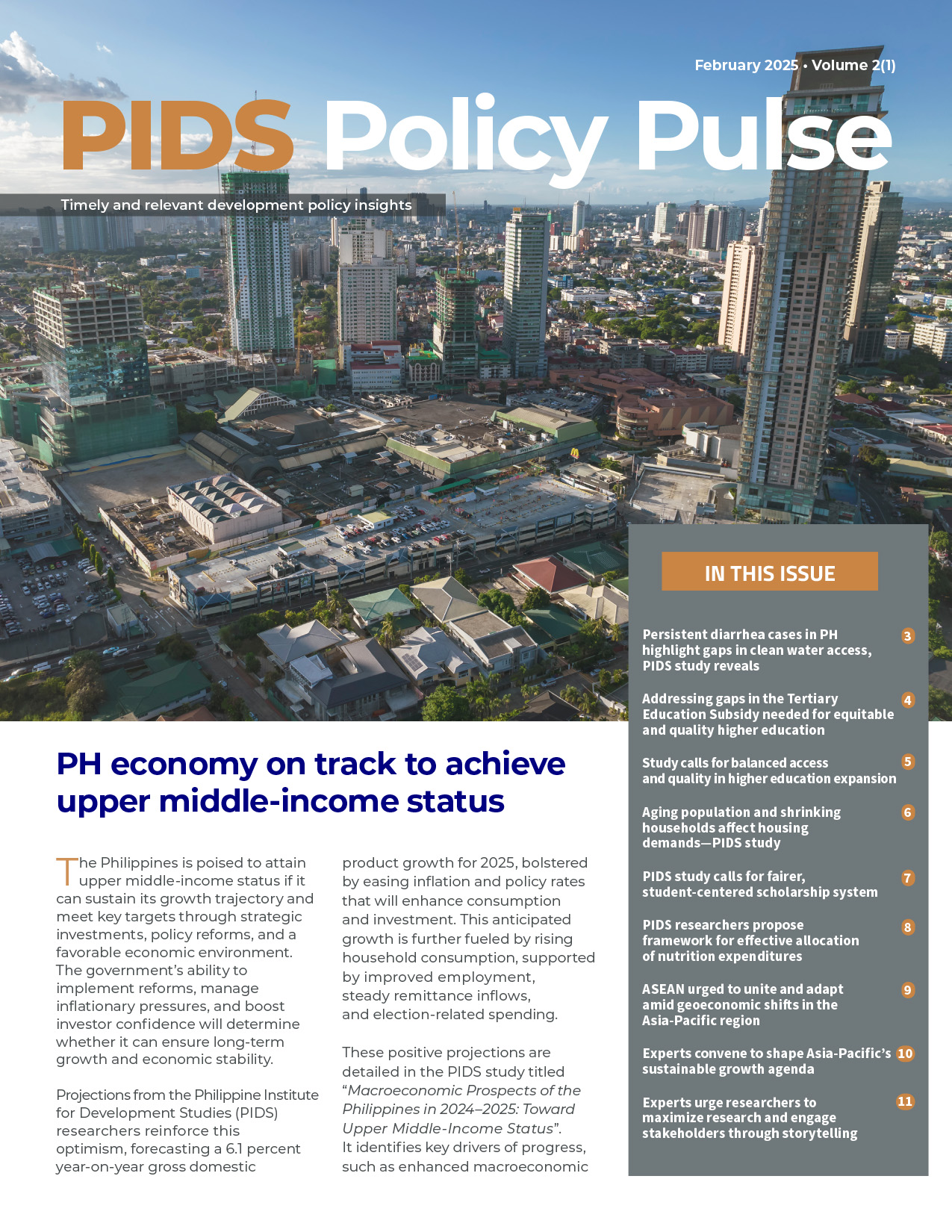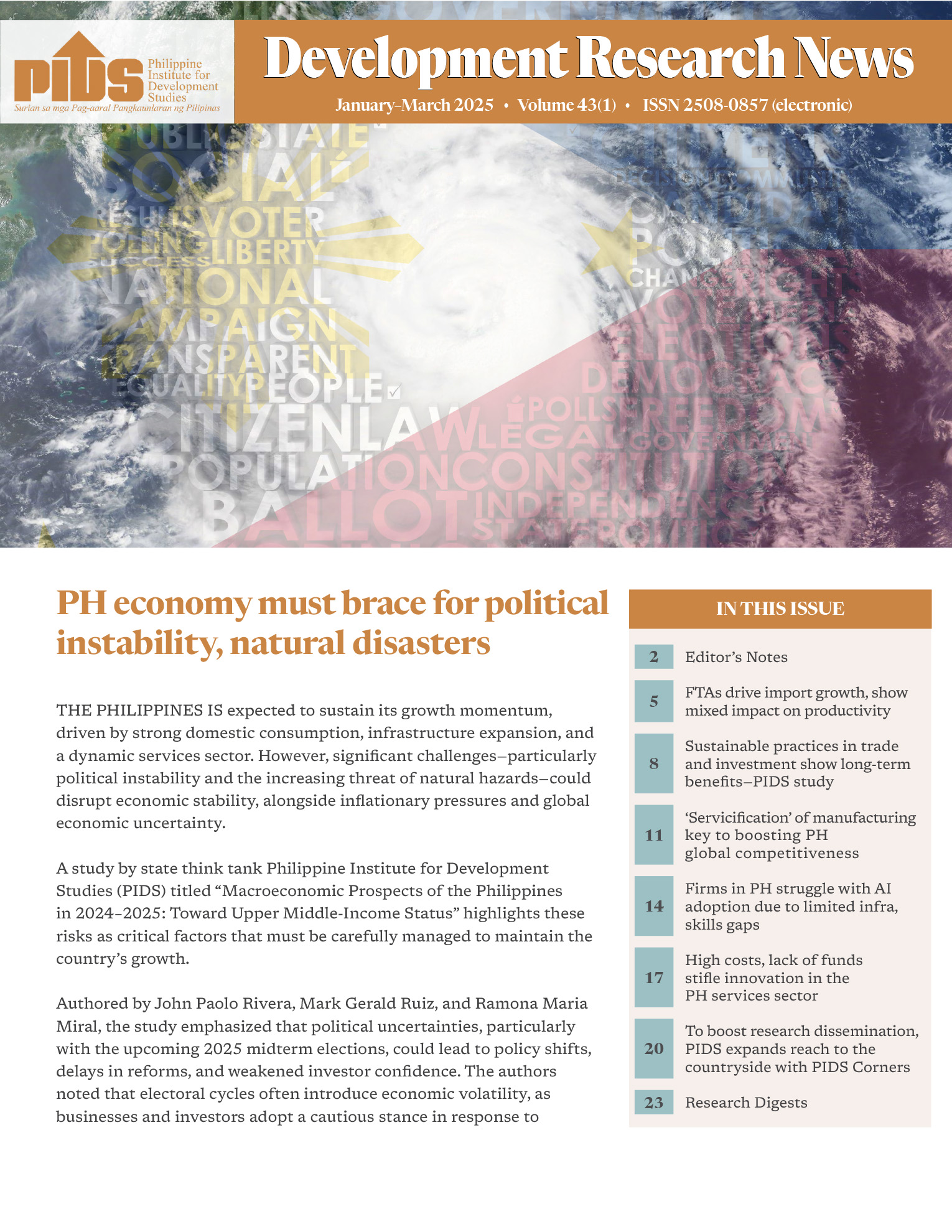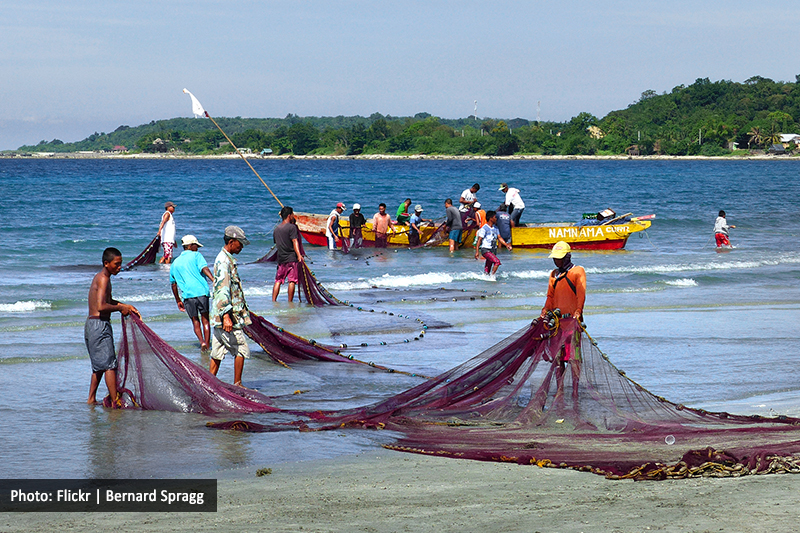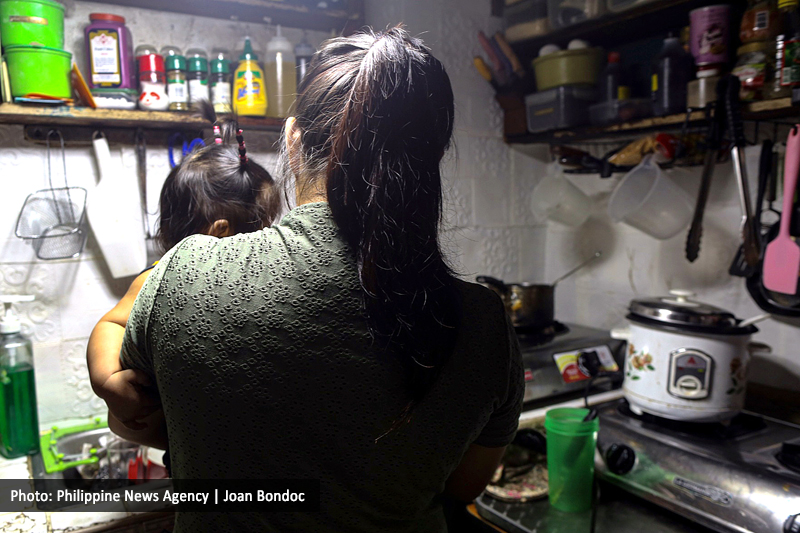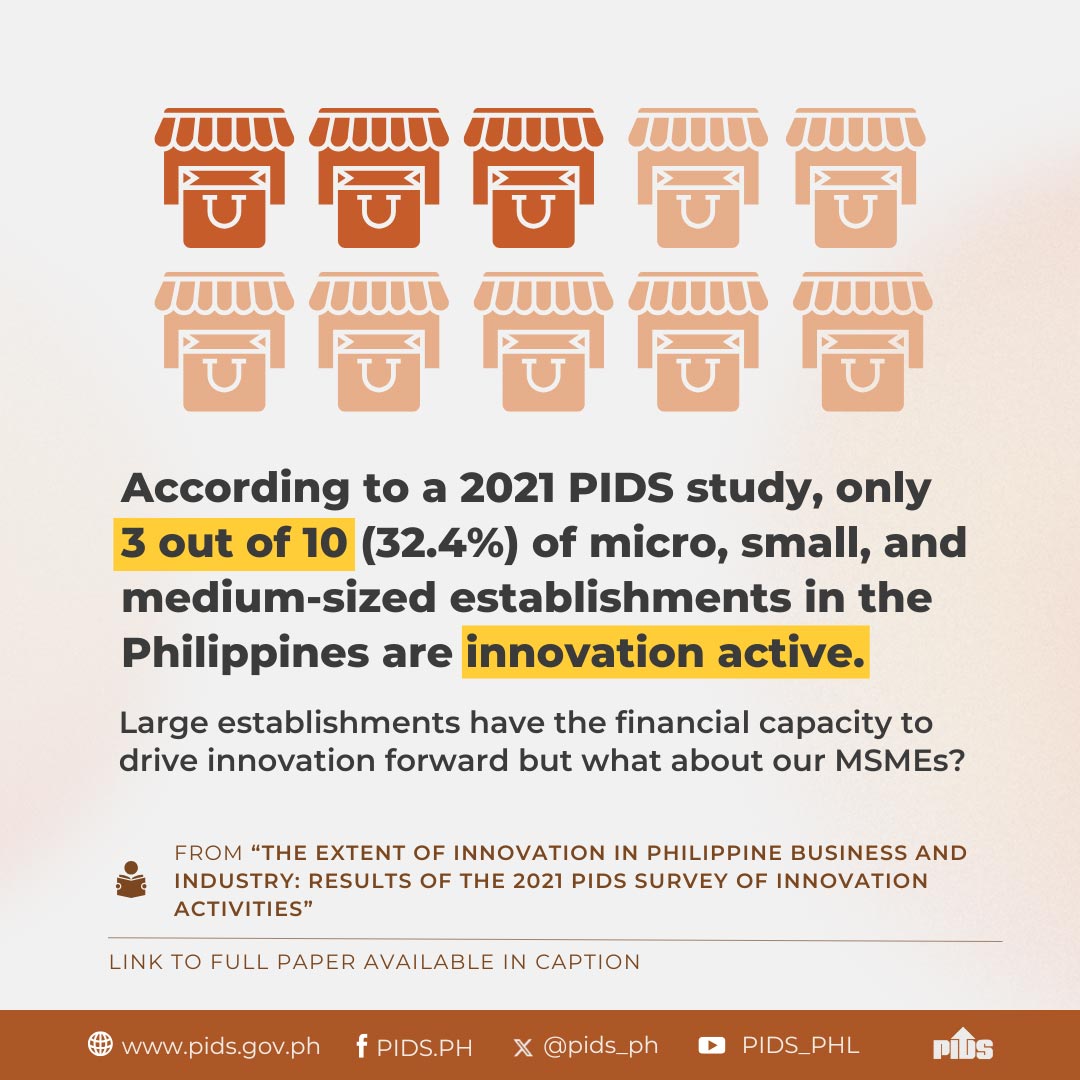MANILA, Philippines — The Philippines is estimated to incur P556 million in economic losses from a five-hour power outage but could lose more if issues in the energy sector are left unaddressed.
The Philippine Institute for Development Studies (PIDS) convened energy experts in a webinar to talk about the impact of the power outage and possible solutions.
Philippine Independent Power Producers Association Inc. president Anne Estorco Montelibano said a power interruption’s effect on the economy is measured by the value of lost load (VoLL) or the monetary indicator expressing the costs of interruption of electricity supply on a macro level.
“In 2020, the country’s VoLL was at P20.65 per kilowatt hour (kWh). To put this into perspective, for every five hours of no electricity, our country loses about 500 megawatts, which equates to P556 million in economic losses. It’s a hefty amount to lose for a developing country,” Montelibano said.
Federico Villar Jr., engineering department manager at the National Electrification Administration (NEA), said the power interruptions reported by electric cooperatives are classified under scheduled (maintenance and improvement work), major storms, power provider (generation and transmission problems) as well as unscheduled (equipment and system failures, human error, fallen trees, and unknown causes).
“We monitor the unscheduled interruptions to measure the electric cooperatives’ annual reliability performance. We also asked the Energy Regulatory Commission to include the reliability standards for all interruptions in our efforts to improve their service further,” Villar said.
Energy Undersecretary Rowena Cristina Guevara explained that insufficient power is a confluence of several factors such as supply and system issues and barriers to entry of private companies or potential generators.
Aside from insufficient power supply, other issues in the energy sector are congested transmission lines and recurring damages from disasters.
To mitigate the losses, Montelibano said the energy sector could determine the acceptable period or number of hours of power interruption known as loss of load expectation (LOLE).
The Philippines’ LOLE is 10 days a year, much higher than Singapore’s one hour in 10 years.
“If we aim for a LOLE of one day in a year, then our required capacity addition must be at least 1,164 MW of energy to serve 250 hours in a year. Will generators agree to supply, build, and operate that capacity? The short answer is no because we need to address several factors,” Montelibano added.
According to Montelibano, there is a need to address transmission line issues.
“Our main highways (of electricity) first need to improve, so when they traverse our local grids, energy delivery also improves. From Luzon to Visayas and vice versa, the lines are utterly congested. Undersecretary Guevara has said (before) that without the congestion of the transmission lines, we may see a vast improvement and a decrease in power interruptions,” Montelibano said.
To increase power supply, Guevara said the Department of Energy (DOE) is pushing for renewable energy sources and is also considering the development of nuclear energy.
“DOE is technology-agnostic to potential generators, and nuclear is considered in the energy mix of the future… (But) at the end of the day, we need to listen to our people and address their concerns about nuclear power,” Guevara said.
For the construction and operation of nuclear plants, Montelibano said a strong energy regulatory and policy framework would be needed.
“We must not lose sight of the potential of other technologies to achieve energy stability and security,” Montelibano said.

